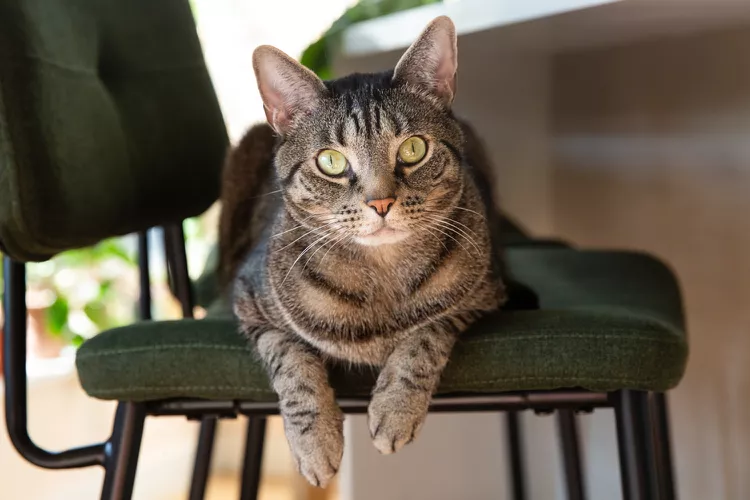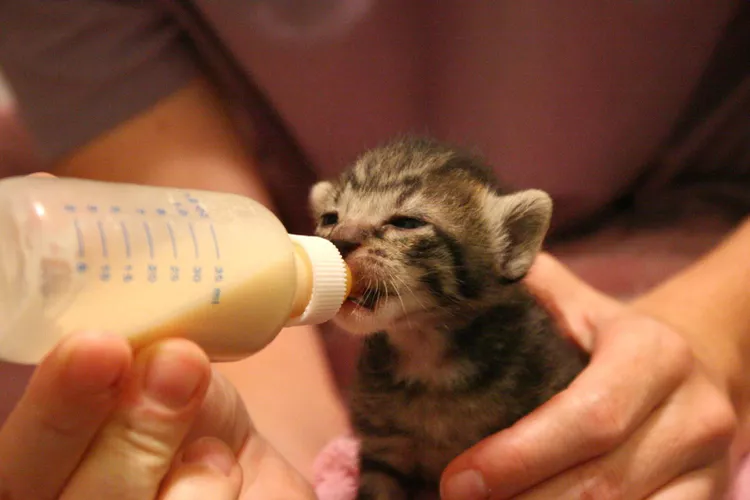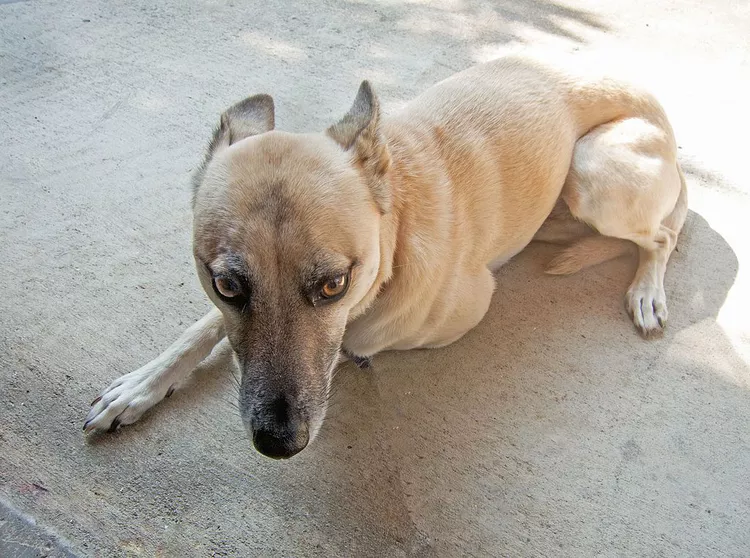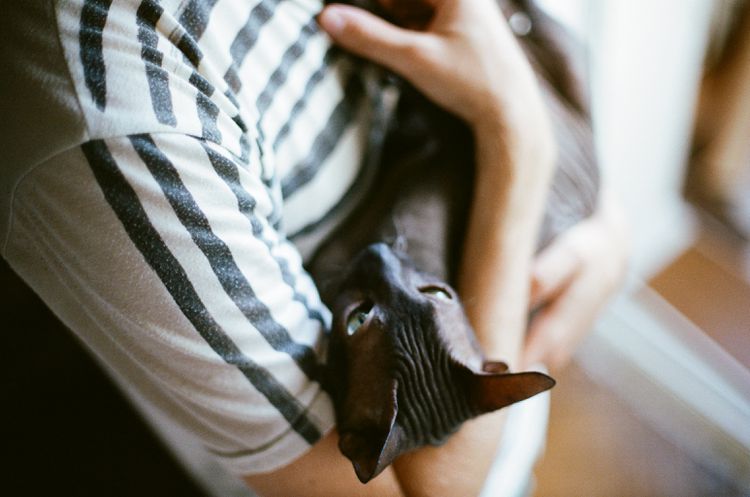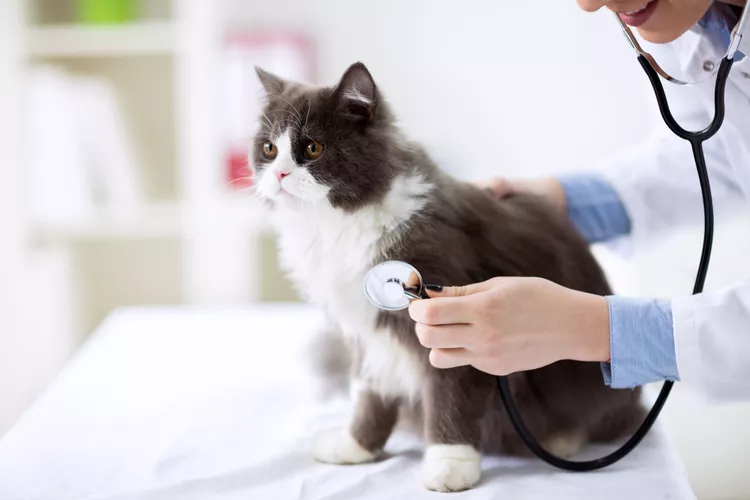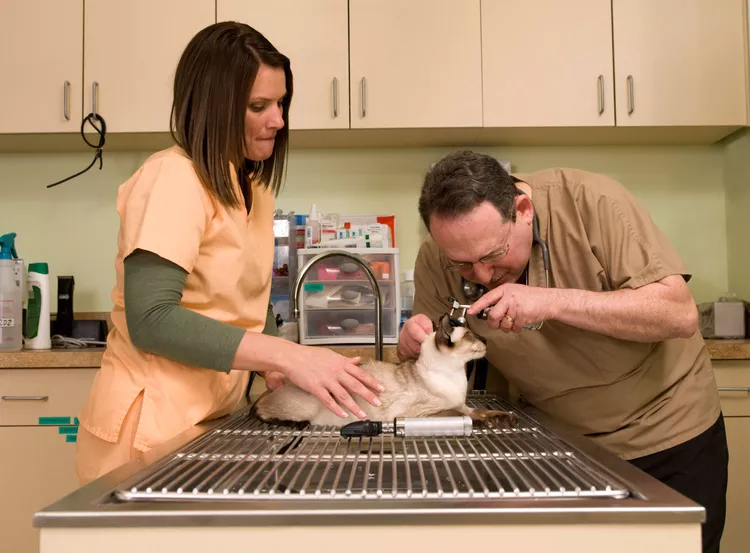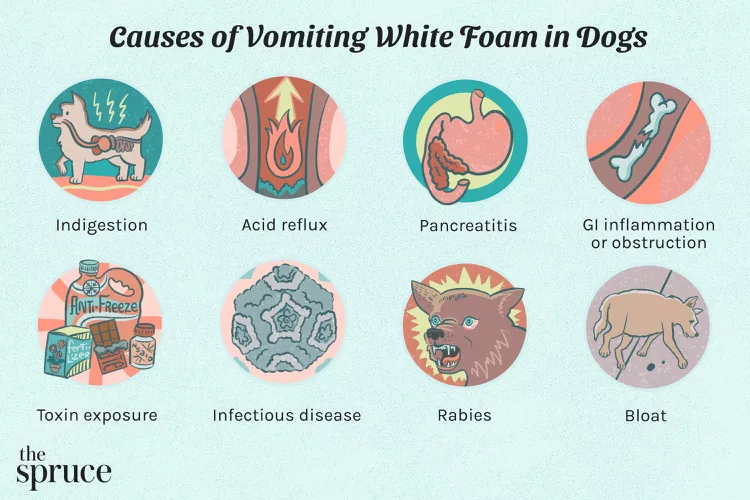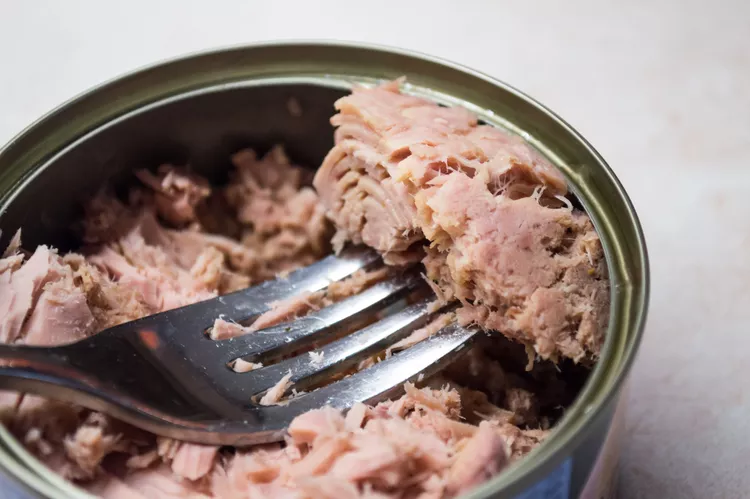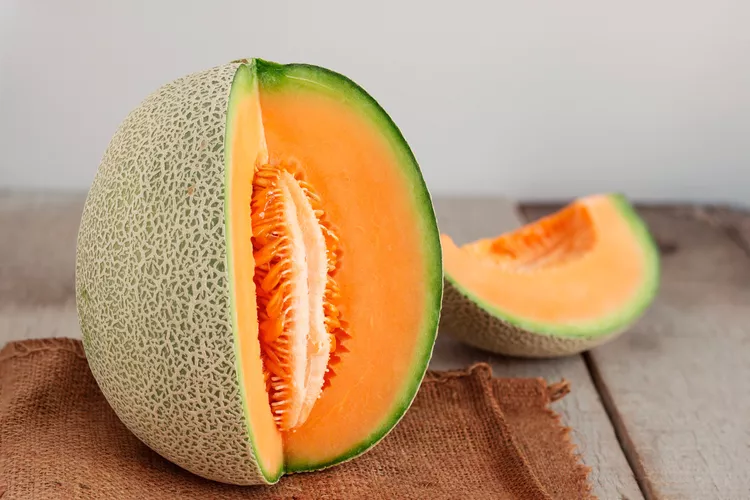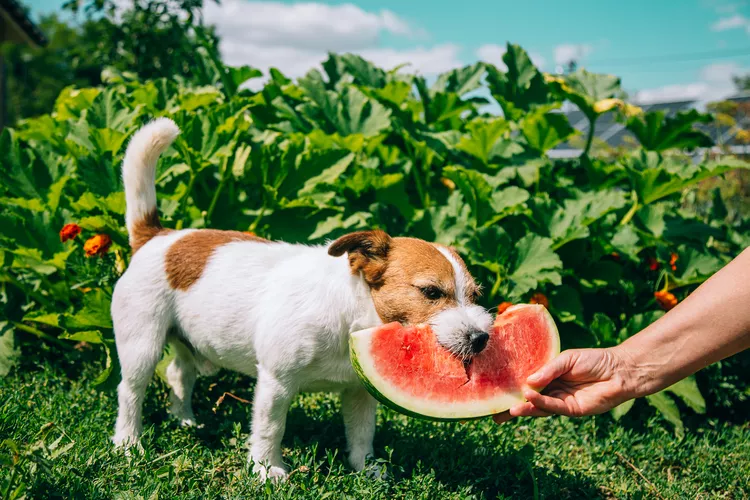The amount of wet food you should feed your cat depends on several factors, including the cat's age, size, and lifestyle. In general, a 5-pound cat with a lean body type needs about 170 calories per day, and a 10-pound cat with a lean body type needs about 280 calories per day. The feeding guidelines on the product packaging can give you a good idea of where to start.
While the specifics vary from brand to brand and between different types of canned food, the average 3-ounce can of cat food has roughly 70 to 100 calories, so a typical adult cat would need to eat two to three cans of food per day. However, you should always take your cat's size, age, and health into account when deciding on the proper amount of food. And if you're feeding dry food as well, you'll need to adjust the amount of wet food so your cat gets the appropriate amount of calories.
Below, learn how much wet food you should feed your cat based on their individual needs.
How Much Wet Food Does Your Cat Need?
Your cat's caloric needs can be calculated by weight. However, age, activity level, and reproductive status all play important roles in determining the right amount of wet food to feed your cat.
Age and Life Stage
A growing kitten needs many more calories than an adult or senior cat. Young kittens (2–6 months old) are growing rapidly and have high nutritional needs. General guidelines for this age group are outlined in the chart above. Be sure to feed a diet formulated for kittens since they have different requirements for calcium and other minerals than adult cats. Nutritional needs will begin to drop off after 6 months of age for most kittens as growth slows. Senior cats may require fewer calories if they become less active.
Weight
Your cat's weight can give you a basic guideline of how much to feed, but it's essential to determine your cat's body condition. A lean, muscular cat with a large frame may weigh 15 pounds and be at a healthy weight. This cat will require more calories to maintain that healthy weight. However, a 15-pound cat with a more petite frame will be overweight and need fewer calories. The above chart details the caloric needs of cats based on body condition, but ask your veterinarian about weight loss diets and the safest way to feed them.
Activity Level
An active cat that runs and plays frequently will need more calories than a cat that remains sedentary most of the time. Consider your cat's body condition along with their activity level to determine the right number of calories. Monitor your cat's weight and adjust the diet as needed,
Reproductive Status
Pregnant cats should consume their usual diet and number of calories until four to five weeks after breeding. They can then be switched to a kitten or growth diet and the amount fed should be increased throughout pregnancy and until kittens are weaned.
Nursing queens should be fed a growth or lactation diet. The queen's calorie intake will be determined by the number and age of the kittens, but your veterinarian may recommend free-feeding cats during this time. Some queens with large litters may need to eat three to four times their usual number of calories. Unlike dogs, cats tend to consistently lose weight while nursing their kittens despite eating as much as they can.
If you wish to be precise and calculate the number of calories you feed your cat, then start by finding out how many calories your cat needs. The National Research Council offers general guidelines for the nutritional needs of cats: Your veterinarian can also help with these calculations.
Why Do Cats Need Wet Food?
Many veterinarians recommend that cats eat a diet of exclusively or mostly wet food. There are a couple of reasons for this. First, cats are obligate carnivores and are not designed to ingest many carbohydrates (if any). Dry food will automatically contain many more carbohydrates than wet food. For many cats, dry food consumption leads to obesity.
Secondly, some cats don't drink enough water and may keep themselves on the edge of dehydration. This tendency is possibly due to cats' desert ancestry, where they mainly relied on food to provide hydration. Wet food naturally provides more water in the diet, which supports the kidneys, urinary tract, and overall health.
Should You Feed Your Cat Both Wet and Dry Food?
First, determine if you will be feeding your cat a 100% wet food diet or including some dry food. While the gold standard is to feed all wet food to cats, some cats love dry food and will undereat if they are only given wet food. In addition, dry food is more affordable, so feeding part dry will be easier on your budget. There are plenty of great premium dry cat food options available.
Feeding a mix of wet and dry may require a bit of math to make sure your cat is getting the appropriate number of calories. One easy starting point is to look at the recommended daily feeding amounts for each type of food and halve them.
Once you have settled on the ratio of wet-to-dry, it's time to determine the calorie count of the food. Make sure you are feeding a quality diet that's listed as "complete and balanced" by the Association of American Feed Control Officials (AAFCO). Then, determine the number of calories per portion.
Cat Feeding Guidelines
It's acceptable to use the feeding recommendations on the packaging as a starting point for how much to feed. The website for the diet may go into greater detail about feeding guidelines. The amount you feed may need to be adjusted based on how your cat responds. If you notice unintended weight loss or gain, the amount should be adjusted. If your cat seems extremely hungry and is not gaining weight, it's acceptable to increase the amount you feed.
A happy, healthy cat will maintain a good weight and stay active. A properly fed cat will not act hungry all the time but will also maintain a healthy weight. When in doubt, ask your veterinarian for feeding advice.
Above all, remember to visit your vet for routine wellness exams to keep your cat as healthy as possible.
-
How long can wet cat food sit out?
Wet food should sit out for no more than two to three hours. If your kitty doesn't eat it all in one sitting, offer smaller portions a few times a day.
-
Why won't my cat eat wet food?
If your cat won't eat wet food, it could be because they prefer the texture of dry or moist food, or that they like their food at a different temperature. If your cat refuses to eat completely, call your veterinarian right away.
-
Why does my cat try to bury her wet food?
Many cats try to bury their food when they have finished eating. It's an instinctive behavior to hide remaining food from predators.

